The ride-hailing market in Vietnam over the past decade has witnessed profound changes, completely changing the way people access transportation services.
The emergence of ride-hailing apps like Uber and Grab has brought unprecedented convenience, but also put traditional taxi companies in a difficult situation. Facing the risk of being overwhelmed right at home, Vietnamese taxi businesses are forced to find solutions to survive and develop.
Traditional taxis transform under pressure from technology wave
The explosion of technology-based ride-hailing apps has revolutionized the transportation industry. Users can call a car, know the fare and route in advance, and pay conveniently with just a few taps on their smartphones. This has caused many customers to switch from traditional taxis to technology-based services, putting great pressure on taxi companies.
Not only facing a series of difficulties with declining market share, revenue, high operating costs and limited management systems, traditional taxi companies also have to compete with rivals with strong financial resources, the ability to invest in technology and more effective marketing strategies.
Traditional taxi companies are beginning to realize that, in order to survive and develop, they must change, apply technology and cooperate together. In that context, at the conference to find common development directions, more than 200 traditional taxi companies across the country decided to join hands and participate on an application platform.
Accordingly, taxi calling is now integrated into banking applications. This solution works in parallel with each company's own applications, creating a tightly connected ecosystem between businesses.

Thanks to this shared platform, users only need a single application to call a car from many different companies, find the nearest driver and compare fares and services. This not only brings convenience to users but also helps taxi companies expand their customer base, especially small companies that have difficulty accessing the market.
According to Mr. Nguyen Tuan Mui, Chairman of the Vietnam Taxi Alliance Association, for a long time, taxi businesses have longed for a software made by Vietnamese people to use for all domestic users. Using a banking app to provide shared taxi services for businesses will solve this need.
“ Only unity can lead to success. If you want to go fast, go alone. If you want to go far, go together. I believe that using banking software to call a car will definitely be successful ,” Mr. Mui shared.
Vietnam's taxi industry is transforming digitally very quickly.
According to statistics from the Vietnam Automobile Transport Association, there are currently about 100,000 taxis with more than 200 companies operating in Vietnam. The number of contracted vehicles is also about 900,000. However, the road passenger transport sector is facing many difficulties and challenges, especially since the emergence of technology taxis.
According to Mr. Nguyen Cong Hung, Vice President of Vietnam Automobile Transport Association, President of Hanoi Taxi Association, in that context, taxi transport businesses need to digitally transform all stages such as booking trips, payment, etc.
“ Our desire is to build a shared software for businesses operating in the transportation sector, especially road passenger transport. Putting the ride-hailing service on the banking app helps taxi companies reach 50 million users and have a platform to launch promotional and support programs, ” said the Chairman of the Hanoi Taxi Association.

Sharing the story of digital transformation in the taxi industry, Dr. Tran Manh Nam, Director of the Enterprise Division of an online payment platform, said that in recent years, the transition from a traditional economy to a digital economy has taken place not only in Vietnam but all over the world.
According to Dr. Tran Manh Nam, digital transformation in the taxi industry includes two areas. The first is digital transformation in the operation process, specifically receiving rides, dispatching rides to drivers, managing rides, drivers, and revenue.
“ From large corporations owning tens of thousands of cars to taxi businesses with only 30-50 cars in Vietnam, all are using technology platforms to manage operations, ” he said.
In the second area of sales, the digital transformation process in the taxi industry has taken place almost comprehensively. Thanks to digital transformation in sales, taxi companies have also expanded their customer base and revenue.
“ Vietnam is at the forefront of digital transformation, especially in the transportation sector. Technology solutions in the taxi sector in Vietnam are developing rapidly. It can even be confidently said that Vietnam is a taxi market with an extremely developed technology platform ,” said Dr. Tran Manh Nam.
In an increasingly competitive environment, flexibility and the ability to quickly adapt to new technologies are key to helping businesses survive and thrive.
Looking back at the development of the ride-hailing market in Vietnam, it can be seen that fierce competition has promoted progress and innovation.
Traditional taxi companies, instead of being overwhelmed, have chosen to stand up, unite and digitally transform so as not to lose on their home turf.

Source: https://vietnamnet.vn/taxi-truyen-thong-lot-xac-thach-dau-ung-dung-goi-xe-tren-chinh-san-nha-2326956.html




![[Photo] Prime Minister Pham Minh Chinh chairs a meeting on the implementation of the Lao Cai-Hanoi-Hai Phong railway project.](https://vphoto.vietnam.vn/thumb/1200x675/vietnam/resource/IMAGE/2025/5/20/0fa4c9864f63456ebc0eb504c09c7e26)









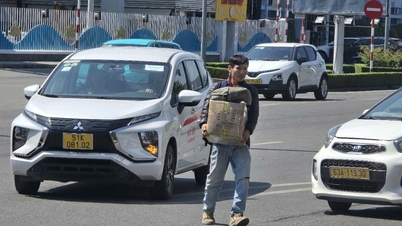







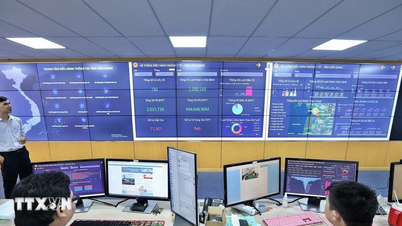



![[Photo] The Coming of Age Ceremony of the Red Dao in Ta Phin - A Legend in the Clouds](https://vphoto.vietnam.vn/thumb/402x226/vietnam/resource/IMAGE/2025/5/20/2b2b83f7639f4567b4c4b158b7235dc7)

































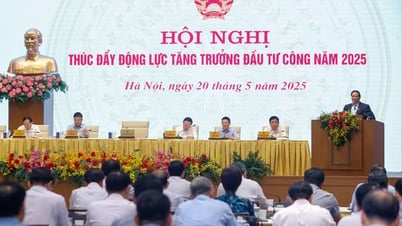










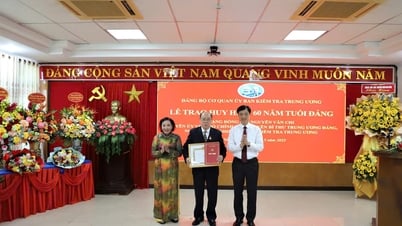


















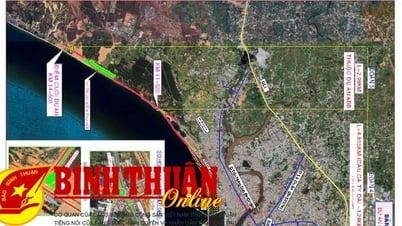













Comment (0)